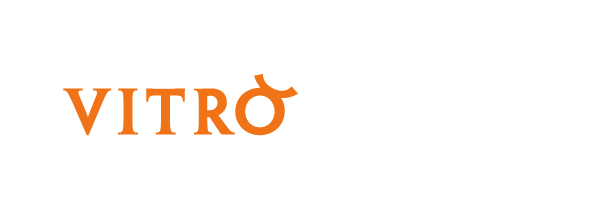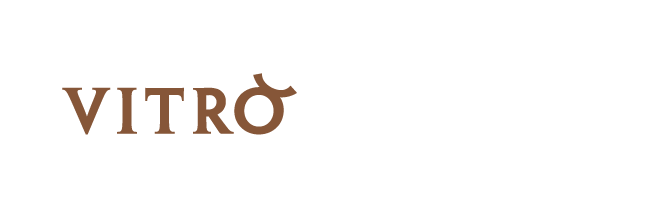Corpus Vitrearum Switzerland : historical stained glass windows from the public collections of the City of Geneva
The Municipality of Geneva has an important collection of approximately 380 stained glass windows, dating from the 13th to the 21st century, which is now mainly kept at the Musée Ariana, the Swiss Museum of Ceramics and Glass, and partly exhibited in the architecture of the Musée d’art et d’histoire. The core of the collection comes from Gustave Revilliod (1817–1890), who donated his collection to the Municipality in 1890, which has since been augmented by occasional bequests, donations and purchases, some of which were made at the prestigious Vincent sale held in Constance in 1891. The collection has been the subject of several inventories as well as occasional studies and exhibitions, but to date there has been no synthesis of this quality collection. Under the direction of Valérie Sauterel, in collaboration with Aude Spicher, scientific collaborator at the Vitrocentre Romont, Stanislas Anthonioz, scientific collaborator at the Ariana Museum, and the students of the Master’s degree in art history at the University of Geneva, the project aims to carry out an exhaustive study of this encyclopedic collection, which not only covers nearly nine centuries of the history and technique of European stained glass, but also includes works, artists and sources of the highest caliber.
International conference
Collecting the Art of Light. Glass, Connoisseurship, and 19th-century Art Market : Find out more
Project duration: 2021–2025
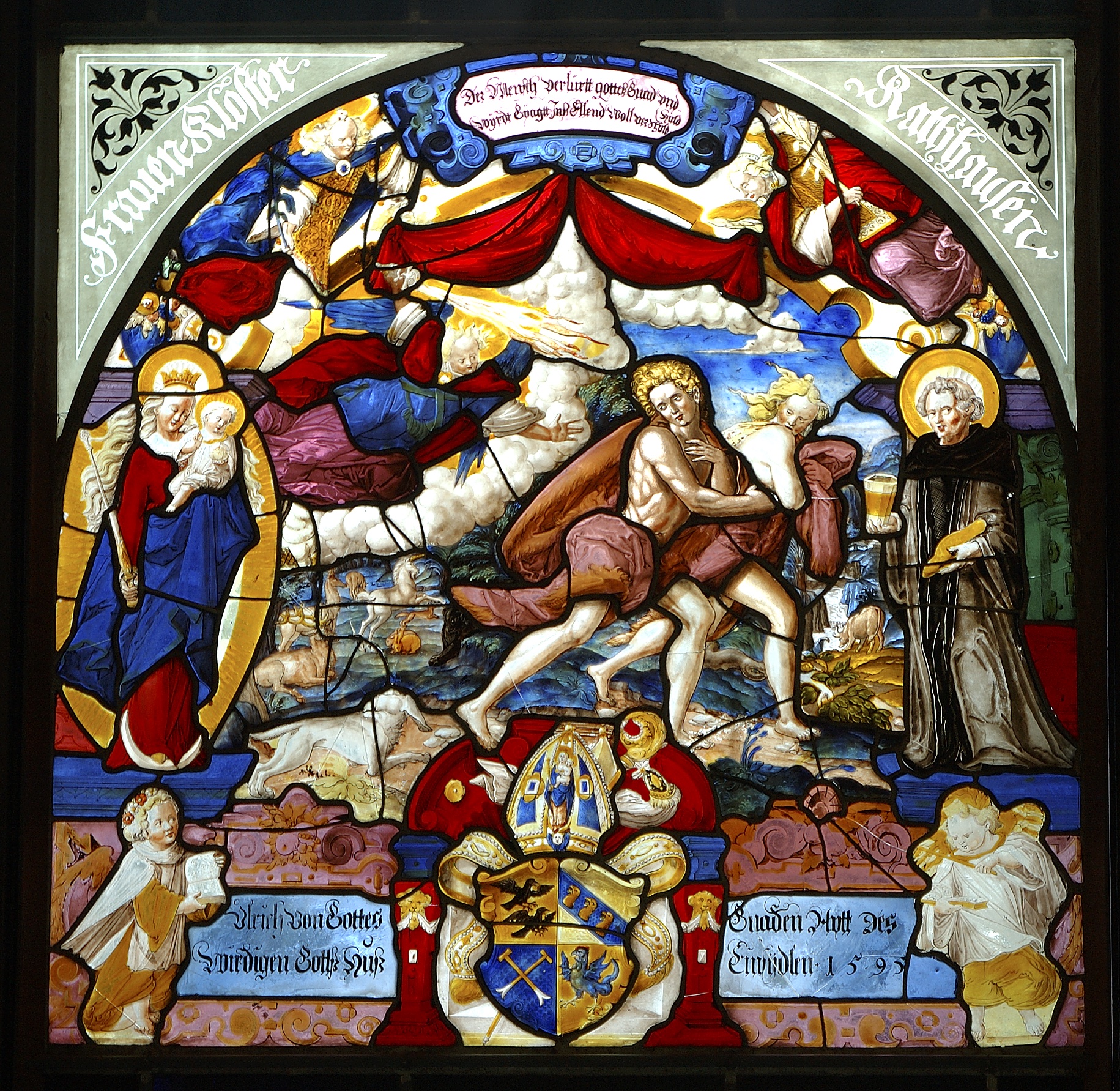
Project management
Valérie Sauterel
Collaborators
Aude Spicher (14th-18th centuries)
Valérie Sauterel (19th-21st centuries)
Karin von Wartburg (Data modelling)
Project partners
Musée Ariana
Université de Genève, Faculté des Lettres, Unité d’histoire de l’art, séminaire «MA1: Historiographie et méthodologie (Prof. Frédéric Elsig) »
Financing
UBS Culture Foundation
City of Geneva
Illustration
Franz Fallenter (1574–1612), Adam et Eve chassés du Paradis, 1595, H. 66,3 x L. 67,8 cm (en lumière), inv. AD 8631 © Musée Ariana, Genève.
